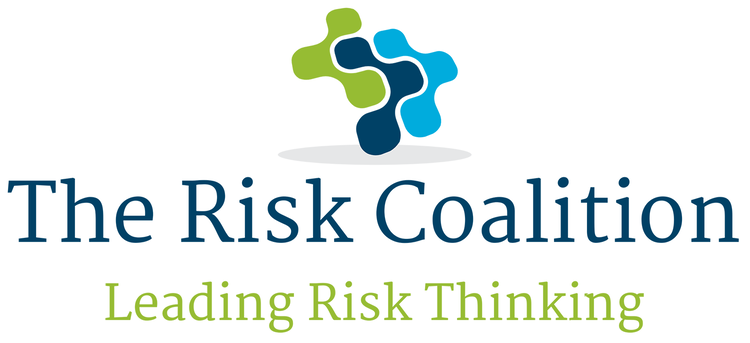In 1687, Isaac Newton published his three universal laws of motion. The third being summarised as, “For every action, there is an equal and opposite reaction.”
Unfortunately, Citigroup has just found out the hard way that in financial services, for every inaction, there is a very large regulatory reaction! $400m worth of reaction to be precise.
What this example demonstrates is that inaction has a cost. Choosing not to choose, is a choice. Deciding not to find out, is a decision to prefer ignorance over insight.
Of course, there may be very good reasons for deciding (in Citi’s case) not to improve the quality of their risk management arrangements. After all, management has limited bandwidth and it’s important to focus resources on areas that will deliver improved financial performance. In the end, it becomes a commercial decision to take the fine. (But what does that tell us about their culture, and their conduct more broadly?)
But what this ‘commercial decision’ really demonstrates is a lack of understanding. Done well, risk management can make a significant contribution to an organisation’s performance.
While not explicit, in the Risk Coalition’s Raising the Bar, we implicitly create a linkage between an organisation’s purpose, values and culture, its corporate strategy, strategic objectives, risk strategy and risk appetite, all the way through to management decision-making.
In essence, effective implementation of Raising the Bar will lead to greater strategic alignment and transparency throughout the organisation, with every management decision grounded in, and contributing to, delivery of strategy and purpose, with all the benefits that brings. Effective risk management is simply a by-product.
Sadly, the Citi case is far from unique. Our recent experience confirms that management’s preference to ‘stay in the dark’ is widespread across UK financial services.
When we published Raising the Bar at the FRC in December last year, we had a number of requests for a gap analysis tool to help organisation’s adopt what has since been recognised as the leading guidance for board risk committees and second line risk functions anywhere in the world.
We subsequently launched the Risk Coalition’s GABI, online gap analysis and benchmarking insights tool. Its subscription cost is negligible, and the results provided excellent. Feedback from people having seen GABI has been fantastic.
But when it comes to finding out how their organisation actually stacks up against the guidance, the enthusiasm wanes dramatically.
“We’re focused on Covid.”
“It’s not the right time.”
“We have other priorities at the moment.”
Perhaps I should have started this blog with an allusion to ostriches with heads in the sand, the lions circling, sharpening their claws and licking their lips. It seems, somehow, more pertinent.
I’ll leave you to decide which is the regulator and which is the regulated…
Chris Burt - Risk Coalition

